Everyone loves farm animals, and many people would love to raise them. But of course, while the benefits of raising livestock are many, it can be a bit intimidating at first to dive in head first to the wide world of animal husbandry. Here’s a few suggestions for easy farm animals that are perfect for beginners:
Bees:
Bees are a great option especially if you don’t have a lot of pasture or yard space. If you make sure bees are right for you, honey and beeswax harvests can be plentiful and they’ll provide wonderful support for your garden as well, after all, they’re nature’s pollinators!
Goats:
Goats are a perfect low-maintenance starter animal for milk and meat producing livestock. Here are five reasons to get goats, but in short: milk, cheese, weed control and they’re totally fun too!
Ducks:
Ducks are super fun and super cute, too! Kids love them and they’re perfect as pets, to whet your pallet for farm animals. They don’t require a whole lot of space and can be very happy with a small shelter and simple pool. One very appealing advantage of ducks is that they will eat bugs in your garden-but won’t scratch it up the way a chicken would.
Rabbits:
Common pets, rabbits are also wonderful options for easy livestock. They don’t take up a lot of space, you can feed them veggie scraps from your kitchen and garden, their meat is delicious and they’re productive-the phrase “breed like rabbits” exists for a reason, you know.
Chickens:
What’s a farm without some laying hens? Chickens are so easy and popular that these days, many people even keep them in their backyard in cities. They are very cheap to feed, are often happy with a simple enclosure or will wander happily around any farm or large property. They can also be tossed scraps from your kitchen and love grains and even fruit and vegetables. They’ll hunt on their own for bugs-just make sure to keep them securely out of your garden or they’ll tear it up!
This is a short list of some easy farm animals to start. Whatever you choose to start with, just remember, it’s all about trial-and-error, learning-by-doing and, most importantly, having fun!
If you liked that, you might also like:



 Look at Cuba-cut off from Western car manufacturers since the 60s, Cuban citizens have kept their old classic American-made cars running with little more than basic tools and salvaged car parts. If you don’t want to be tethered to the unreliable technology of today, it might be worth investing in an older analog car for your homestead.
Look at Cuba-cut off from Western car manufacturers since the 60s, Cuban citizens have kept their old classic American-made cars running with little more than basic tools and salvaged car parts. If you don’t want to be tethered to the unreliable technology of today, it might be worth investing in an older analog car for your homestead.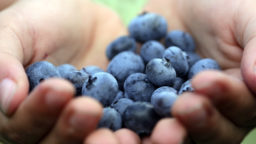



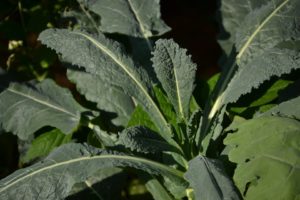
 summer planting. The cooler weather also enhances the flavor of these already delicious greens, and the nutritious leaves are perfect for hearty stir-fries and soups.
summer planting. The cooler weather also enhances the flavor of these already delicious greens, and the nutritious leaves are perfect for hearty stir-fries and soups.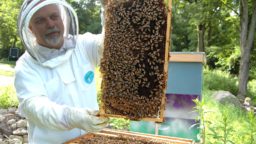

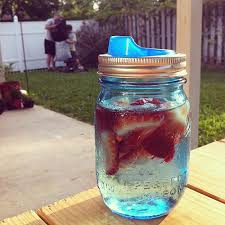 special bottle or pitcher just for infusing, but you don’t have to. Infused water is essentially soaking fruits or herbs in water for a boosted nutritional content and delicious flavor. Popular options are lemon, lime, cucumber, mint, and berries. Even just a few slices of lemon in a pitcher of cold water is guaranteed to have you forgetting about soda in no time.
special bottle or pitcher just for infusing, but you don’t have to. Infused water is essentially soaking fruits or herbs in water for a boosted nutritional content and delicious flavor. Popular options are lemon, lime, cucumber, mint, and berries. Even just a few slices of lemon in a pitcher of cold water is guaranteed to have you forgetting about soda in no time.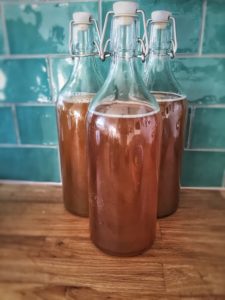 are brewed the kombucha or kefir organisms consume the caffeine and sugar and convert them to a healthy, fizzy, delicious probiotic drink. This is also a great option if you’d like to scale back on beer or wine as well, as they have a similar strong flavor as beer and wine but without the high alcohol content.
are brewed the kombucha or kefir organisms consume the caffeine and sugar and convert them to a healthy, fizzy, delicious probiotic drink. This is also a great option if you’d like to scale back on beer or wine as well, as they have a similar strong flavor as beer and wine but without the high alcohol content.